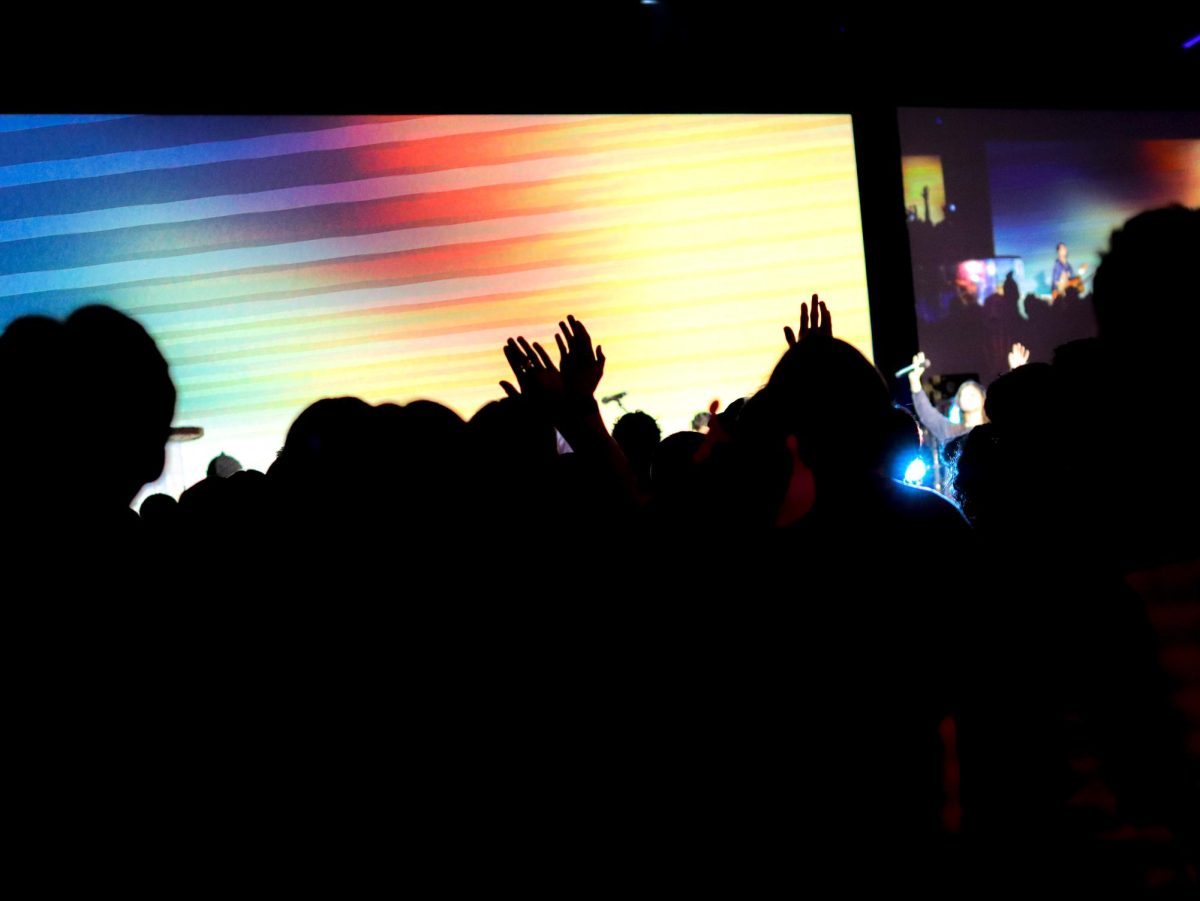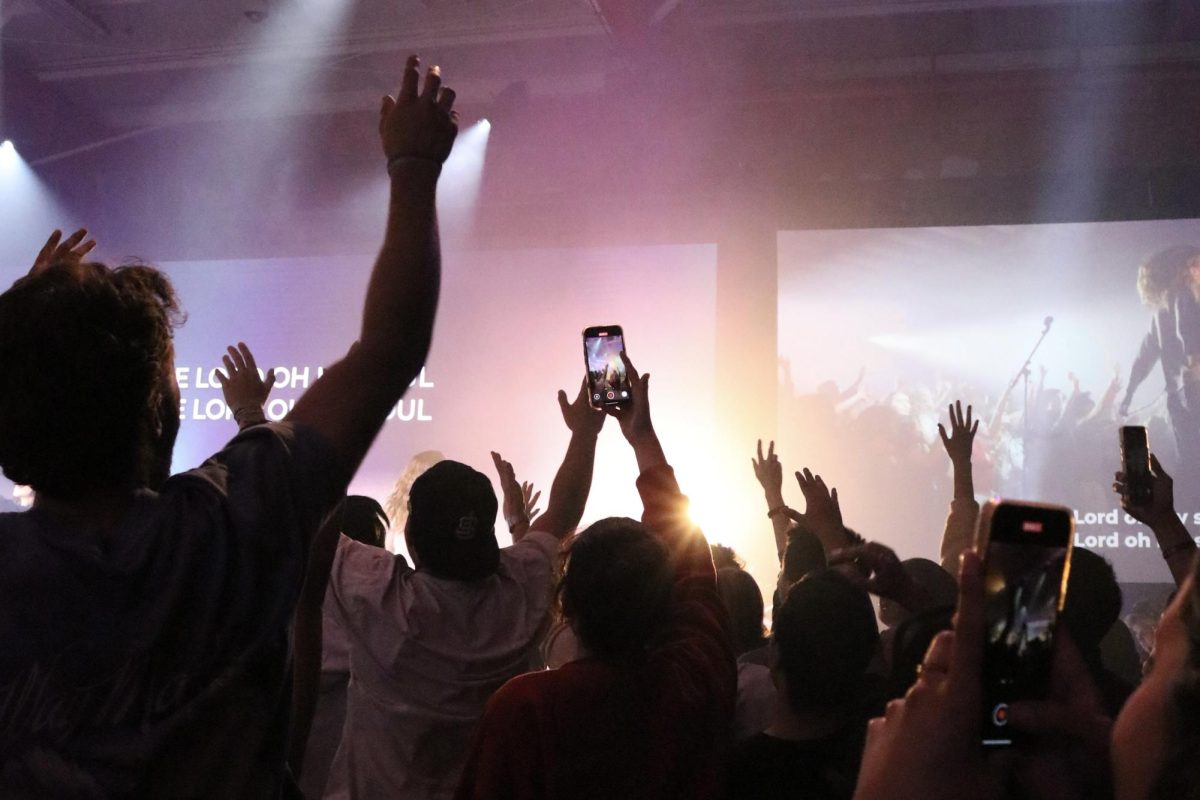Comedian Louis CK spoke nostalgically between quick staccatos of laughter as he humorously explained how Americans sidelined mom-and-pop businesses for Walmart on the Opie and Anthony radio talk show. In an age of increasing urban gentrification, millennials are changing the landscape of some of the world’s largest cities into cosmopolitan centers of trendy restaurants and hipster coffee shops. A kernel of truth can be extracted from the comedian’s rant. Millennials, especially college students, need to be more aware of the businesses they buy from.
Conscientous spending
According to PBS, gentrification “is a general term for the arrival of wealthier people in an existing urban district, a related increase in rents and property values, and changes in the district’s character and culture…[displacing] poor communities by rich outsiders.” Los Angeles is one of the more notable frontiers for businesses looking to gentrify neighborhoods. As students attending a university that takes the namesake of a Southern Californian city, we should be more aware of how we spend our dollars. When we buy products from businesses who change whole neighborhoods and urban city blocks by exploiting its “Bohemian culture,” we strengthen the businesspeople responsible for raising rents and marginalizing poor people. Frieda Buckley from Bath, United Kingdom explains in an article by The Guardian, “In the end gentrification will create huge social unrest and we shall all—rich and poor—suffer the consequences.” Gentrification is the reason why people are being displaced because of the Silicon Valley tech boom, and the reason why a Google employee decided to live in his truck, as explained by an article by Business Insider.
Gentrification is a complicated problem, and there is not a single solution to reverse the social and economic effects of it. According to the aforementioned PBS article, “Gentrification has been the cause of painful conflict in many American cities, often along racial and economic fault lines.” This fundamental trait of gentrification is certainly applicable to Los Angeles. Members of the Latino community are fighting gentrification in Boyle Heights—“Known for low-income housing, mom-and-pop stores, taco stands, service workers and mariachis,” according to The Guardian. Residents are afraid this would “drive up rents, drive out residents and erase a cradle of Chicano identity.”
Impacting the local economy
Struck by urban wanderlust, many college students are always looking to the trendiest parts of Los Angeles to satiate their weekend adventures and thrills. L.A. is not only one of the most ethnically diverse cities in the country, but also a vibrant hub of cultural foods from all over the world. Where we buy our food from can make a difference in the local economy. As we grow older, our incomes will grow and the influence our dollars have on businesses will likely increase.
Once a bazaar for the immigrant community, the once proletarian Grand Central Market has been one of the most visible subjects of the city’s urban development. Expensive delicatessens and au courant eating places have replaced simple vegetable and fruit stands. The history of the city and even the now trendy marketplace can reveal a rich narrative of race and culture in America.
Your dollar can shape how businesses shape the local economy and influence the culture of communities nationwide. Students should save wisely and spend with their eyes wide open.







